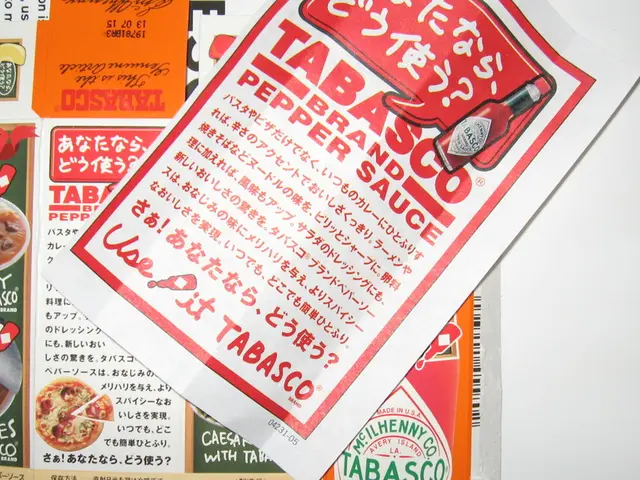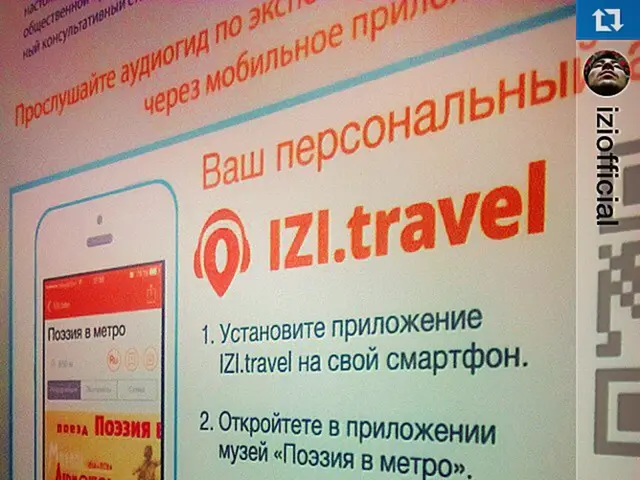Allowances Under the Clean Air Act
=================================================================================
The Clean Air Act (CAA) plays a crucial role in regulating air pollution in the United States. One of its key aspects is the multiple permitting programs it has established to carry out its goals. These programs vary by region, with the Environmental Protection Agency (EPA) overseeing state and local agencies across the country.
EPA Regions 1 to 10, each covering specific states and territories, administer or oversee these federal environmental laws. Some states are authorized to implement their own permitting programs under EPA approval, while in others, the EPA directly issues permits.
In Region 9, which covers the Pacific Southwest, including Arizona, California, Hawaii, Nevada, Pacific Island Territories, and many Tribal Nations, electronic permit application submissions are available via the Central Data Exchange (CDX). The region also manages permitting oversight programs federally where states or tribes are not authorized.
The Title V Operating Permit Program requires major pollutant sources to consolidate all air pollution control requirements into a single permit. These permits are typically issued by authorized state, local, or tribal agencies, but the EPA can step in if these agencies fail to meet their obligations.
Permitting includes both preconstruction permits (authorizing new construction or modification of sources) and operating permits (ongoing operation requirements). The EPA and delegated agencies ensure compliance with National Ambient Air Quality Standards (NAAQS), National Emission Standards for Hazardous Air Pollutants (NESHAPs), and state implementation plans (SIPs).
Each EPA region provides specific contact resources, application instructions, and oversight of state and tribal permitting programs to ensure consistency with federal requirements.
Here is a general outline of the CAA permitting approach by region:
| EPA Region | Geographic Coverage | Permitting Authority & Actions | |------------|---------------------|--------------------------------------------------------------------------| | Region 1 | Connecticut, Maine, Massachusetts, New Hampshire, Rhode Island, Vermont | State and local agencies authorized; EPA oversight for non-authorized areas | | Region 2 | New Jersey, New York, Puerto Rico, Virgin Islands | State/local agencies issue most permits; EPA issues directly where authority lacking | | Region 3 | Delaware, Maryland, Pennsylvania, Virginia, West Virginia, D.C. | Authorized state/local agencies primarily; EPA as backup | | Region 4 | Alabama, Florida, Georgia, Kentucky, Mississippi, North Carolina, South Carolina, Tennessee | State/local issuing permits, EPA region enforces federal standards | | Region 5 | Illinois, Indiana, Michigan, Minnesota, Ohio, Wisconsin | Authorized states issue permits; EPA region ensures compliance | | Region 6 | Arkansas, Louisiana, New Mexico, Oklahoma, Texas | State/local agencies with EPA oversight; direct EPA permitting in some cases | | Region 7 | Iowa, Kansas, Missouri, Nebraska | State programs with EPA oversight; permits issued mostly by state/local authorities | | Region 8 | Colorado, Montana, North Dakota, South Dakota, Utah, Wyoming | State and tribal authorities issue permits where authorized; EPA region 8 oversight | | Region 9 | Arizona, California, Hawaii, Nevada, Pacific Islands, Tribal Nations | Mixture of state, tribal, and EPA issuing permits; electronic submission via CDX supported[1] | | Region 10 | Alaska, Idaho, Oregon, Washington | State and tribal agencies issue permits under EPA approval; EPA oversight and direct permitting where necessary |
Each region’s EPA office provides detailed contacts, application procedures, and guidance aligned with federal regulations and state implementation plans to ensure national air quality standards are met. Permitting programs address both major and minor pollution sources and require public availability of permits and enforcement actions[1][2][3][5].
For specific contact details or procedural guidance for a particular EPA region, please feel free to ask. Additional CAA permitting tools and related resources are available for reference.
- In the United States, the Clean Air Act (CAA) implements science-based regulations to mitigate air pollution, with the Environmental Protection Agency (EPA) overseeing regional permitting programs.
- The Energy sector, along with other industrial sectors, must comply with the Title V Operating Permit Program, which consolidates all air pollution control requirements into a single permit, helping to keep the environment clean.
- For instance, Region 9, which covers the Pacific Southwest, allows for electronic permit application submissions via the Central Data Exchange (CDX), ensuring greater efficiency and transparency in environmental management.
- To mitigate climate-change effects, these regional permitting programs strive for consistency with federal requirements, aiming to prevent pollution spikes, provide energy-efficient solutions, and maintain a balance between finance and environmental concerns.




